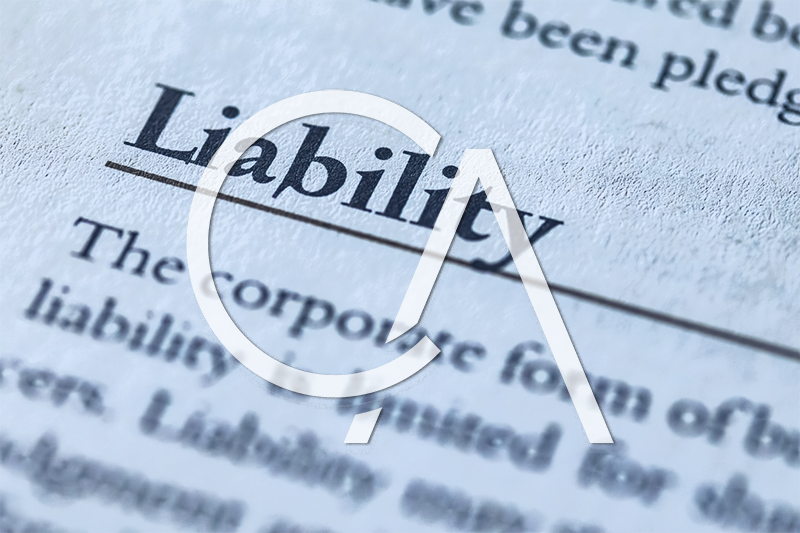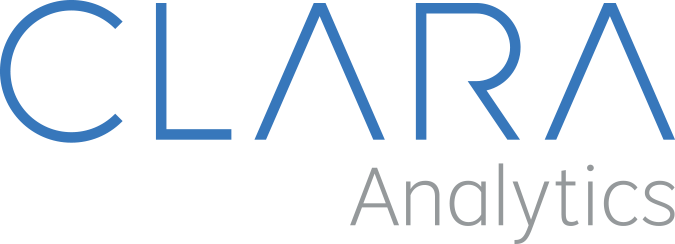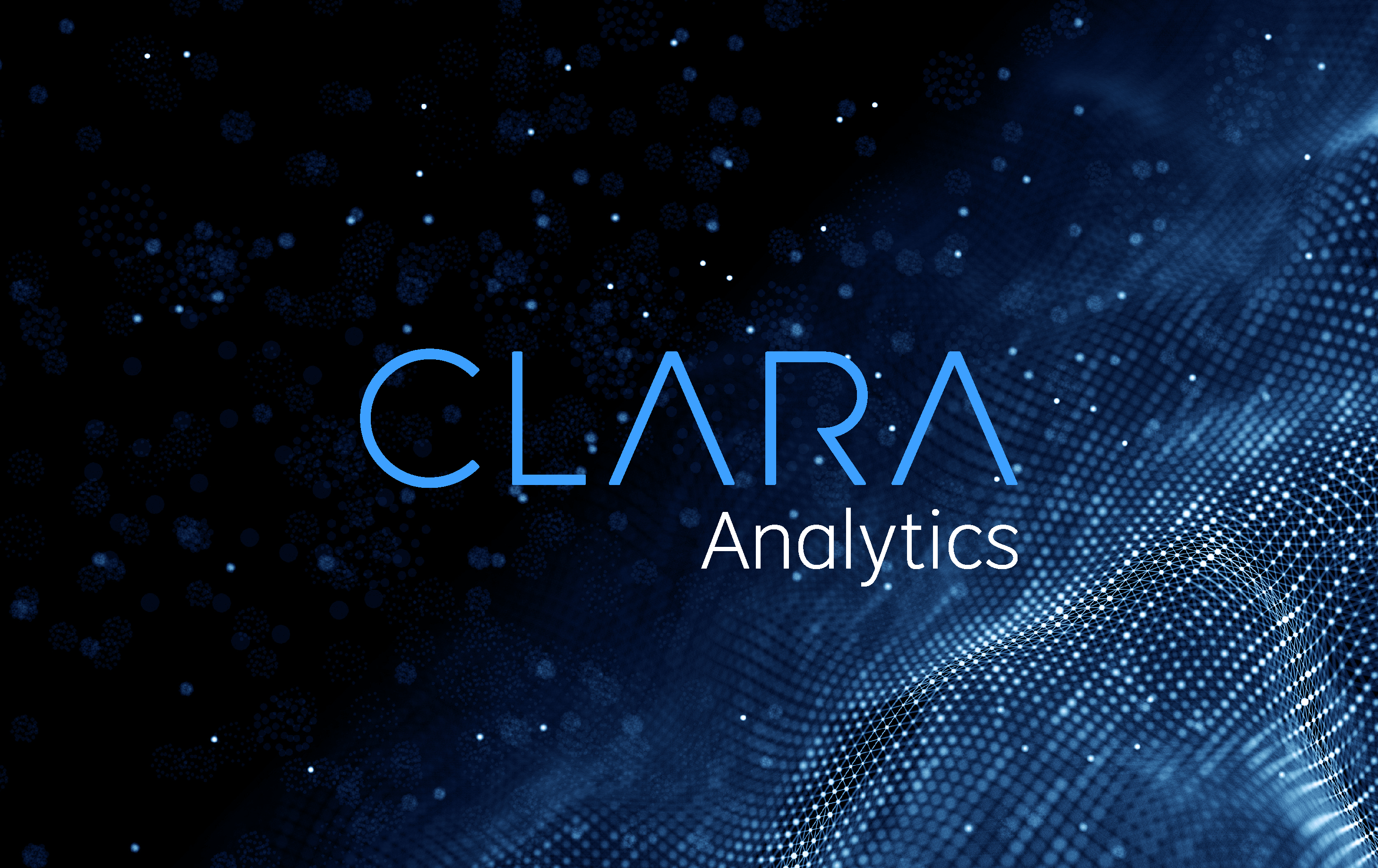General Liability Insurance and AI
A subject that has come up repeatedly in our conversations with commercial insurers over the last few years is that they need help with their General Liability (GL) book. Many of the drivers of ongoing poor loss performance in this line are like those experienced in the other lines we cover (Workers Comp and Commercial Auto). Yet others are unique to GL. As we get ready to roll out our GL products, you’ll see additional articles in this space. Today’s post provides an overview of GL’s current challenges.
The general liability insurance industry faces numerous challenges as it adapts to an evolving business landscape, technological advancements, and regulatory changes. Here are five key challenges. GL lines have been, in general, poor performers for several years now. Combined ratios have been north of 100% for over half of the last eight years. The frequency and severity of claims have been on upward trends, and pricing has not been able to keep up due to a competitive commercial liability market. The subcomponents of these broader measures are:
- General inflation: General inflation has been strong during the last four+ years. During the COVID lockdown period, this was due to labor, materials, and services shortages. Many of these shortages still plague the economy, and demand is increasing because of the reopening. Inflation is hard to predict, but it will likely remain a challenge for GL carriers for the next few years.
- Increased healthcare costs: Medical expenses are a significant component of many general liability claims, such as bodily injury. And while medical care inflation has been lower than general inflation over the last five years, medical costs have risen 50% more than general costs since 2000. There are few reasons to believe this long-run trend will reverse over the long haul.
- Social inflation: As we have written about, social inflation is a critical component of why GL has been a relatively unattractive line of late. Increases in litigation rates, higher “findings for the plaintiff,” increased jury awards, and nuclear verdicts all are contributors. Long-term, insurers can only hope these trends reverse. But there is nothing on the horizon that suggests they will. In fact, as the economy slows, we can expect to see the frequency of claims increase with an emphasis on “late reported” claims. Insurers generally attribute this behavior to people suing for incidents they might not in sunnier times but are more inclined to sue for when jobs and incomes are more at risk. Attorney involvement can be expected to increase too.
- Emerging risks and coverage gaps: Rapid technological advancements and changing business models expose insurers to new risks that may not be adequately covered under traditional general liability policies. New technologies such as robotics and artificial intelligence are potentially a “green field” for commissioners, judges, and attorneys to hold insurers liable for risks they may not have ever perceived and certainly haven’t priced for.
So overall, the near past has not been terribly rosy for GL, and the future is cloudy, at best. Future posts here will dive deeper and show how CLARA’s GL solutions can help commercial insurers achieve better claim outcomes.




